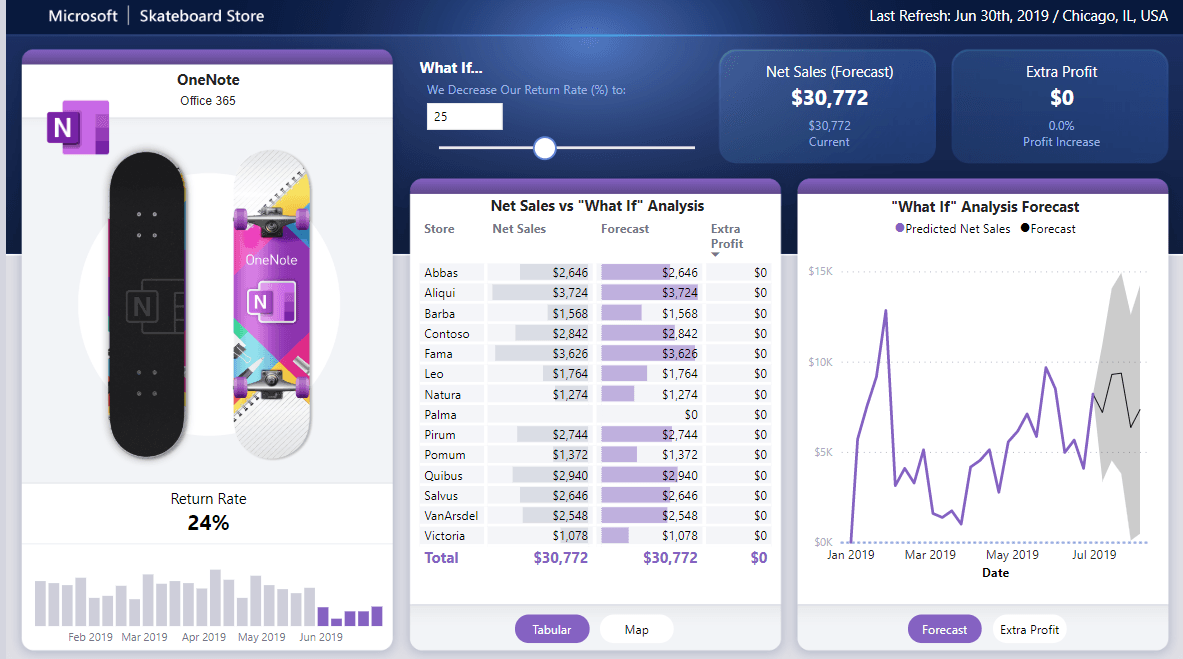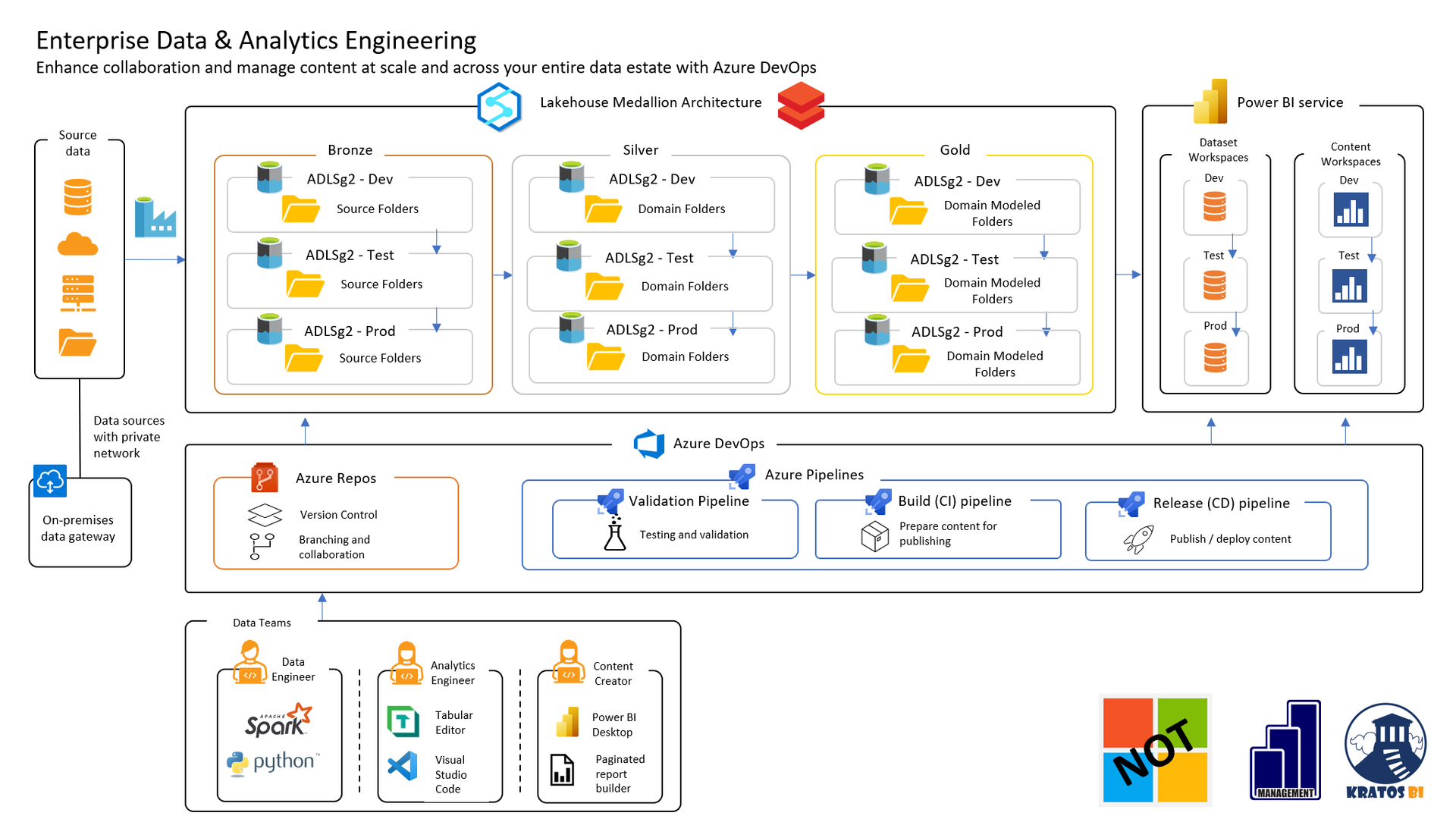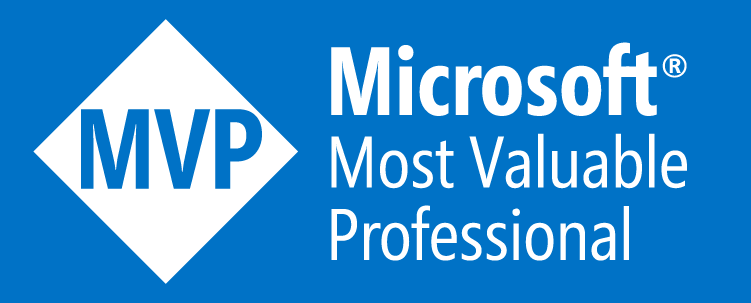Share
TOP 10 New Year's Resolutions to help you grow with Power BI in 2020
Sharpening the ax is always a good idea

" Invest in yourself. The one easy way to become worth 50 percent more than you are now at least is to hone your communication skills--both written and verbal. If you can't communicate, it's like winking at a girl in the dark--nothing happens. You can have all the brainpower in the world, but you have to be able to transmit it. And the transmission is communication. " Warren Buffet
The New Year is filled with resolutions. Most resolutions fall under the traditional categories.
This year I AM going to lose 20 lbs.
In 2020 I will carve out time to finish Mad Men.
I am going to call my mom more.
If you are looking to learn more about Power BI, here are the TOP 10 items that you can set as a resolution for 2020.
#10 Watch the monthly Power BI release video
Each month the Power BI team puts out documentation and a video that covers the big features for the month out on YouTube. This year, make an effort to watch these videos to see what new features exist in the Power BI world.

#9 Attend a Dashboard in a Day Workshop
The Dashboard in a Day program helps students get up and running in a single 8-hour session. These are free courses usually taught in your local Microsoft office. Find out about times and locations here.

#8 Teach someone else about Power BI at least once a month
The best way to learn any subject is to teach it to someone else. Take some time each month to help someone in the Power BI community build-out or support Power BI content.

#7. Follow along with Patrick from Guy in a Cube on 2 minute Tuesdays
Every Tuesday (mostly) Patrick Leblanc does a short 2 minute (ish) video where he shows you how to perform some quick tricks in Power BI. In 2020, take some time to follow along with Patrick to see how you can add these features to your reports.

#6. Attend a local Power BI User Group
There are Power BI User Groups (PUG) all over the world. These groups bring together local Power BI professionals for training, speakers and to exchange ideas. These groups are a great place to get connected and advance your Power BI knowledge.

#5. Integrate Power BI, Power Apps and Power Automate in 1 report.
You know you want to... you know your users want this too... you need to learn how to integrate Power BI, Power Apps, and Power Automate easily. It's super easy. Once you learn how you will be hooked for life! Docs , GuyInACube , PragmaticWorks

#4. Go to the Microsoft Business Applications Summit
The Microsoft Business Application Summit (MBAS) is the biggest event of the year for Power BI developers. In 2020 MBAS will be in Anaheim CA April 20-21. If you are in California, this is a no brainer. Everyone else, start talking to your manager about the budget!

#3. Create more engaging Power BI reports.
Do your Power BI reports look just like those old out-dated Business Objects reports? Do they lack pizzazz? Take a look at the new Sales & Returns Sample Report that was just published by Microsoft. The Sales & Returns Sample Report is an excellent example of what you can do in Power BI.

#2. Learn more about Aggregate Data Tables in Power BI
Performance with large datasets is always a challenge. Power BI makes chewing through all but the most enormous datasets easy and fast. What about those times when you are dealing with one of those enormous datasets? That's when it's time to look at Power BI Aggregate tables. If you need to learn how to use these, there is no better expert than Phil Seamark. Phil's blog covers Aggregations better than anyone else I have seen.
#1. Learn DAX
Learning DAX should be the first thing that you learn about Power BI. Unfortunately, Power BI is too dang easy to use. Many people work with Power BI for years without realizing the gold mine that they are sitting on. There's no one better to teach you DAX than the Italiansat sqlbi.com. You can also pick up the book " The Definitive Guide to DAX - 2nd Edition " by Marco Russo and Alberto Ferrari.


CHRIS WAGNER, MBA MVP
Analytics Architect, Mentor, Leader, and Visionary




